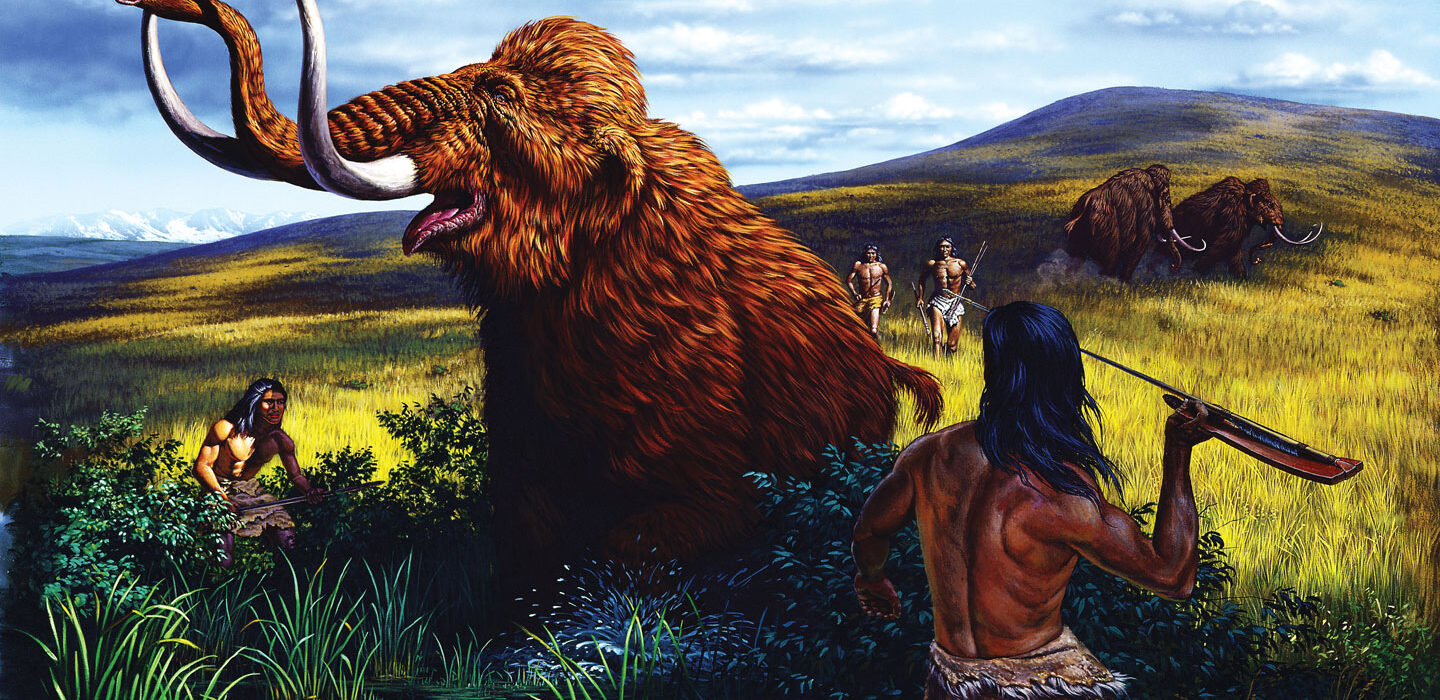HOME
Clovis hunters’ reputation as mammoth killers takes a hit

An amateur archaeologist exploring a dried-out, ancient stream channel called Blackwater Draw near Clovis, New Mexico, made a startling discovery in 1929. He came across chiseled stone points strewn among mammoth fossils. Razor-sharp edges bordering each artifact gracefully curved up to a pointed tip. Thin grooves chipped into the bases of these stone points suggested that they were spearpoints that people had once attached to handles or poles.
Researchers who examined the Blackwater Draw finds saw them as clear evidence of mammoths having been killed by human hunters sometime in the past. Ensuing generations of archaeologists filled out the picture of an intrepid mammoth-killing bunch, dubbed the Clovis people, who spread across North America between around 13,500 and 12,500 years ago. Clovis points or skeletal damage presumably caused by them have been found among mammoth bones at 11 North American sites, including Blackwater Draw. Two other North American sites containing mastodon bones, one featuring remains of extinct elephant-like creatures called gomphotheres, plus a site that yielded camel and horse fossils also include Clovis points or evidence of injuries from sharp, pointed stones (SN: 8/9/14, p. 7).
Archaeologists typically refer to these places as kill sites. It’s long been assumed that Clovis hunters must have left spearpoints lying among the bones of mammoths and other massive creatures after killing and butchering them. If so, Clovis big-game hunters possibly contributed to the extinction of their enormous prey (SN: 11/24/18, p. 22).
But the Clovis people’s status as adept killers of tusked beasts weighing up to about 9 metric tons has come under fire. New experimental and archaeological studies suggest an entirely different scenario, says archaeologist Metin Eren of Kent State University in Ohio. Clovis points had many uses, like a Swiss Army knife, Eren contends. Spear-throwing hunters might have occasionally killed a mammoth, especially one separated from its group or slowed due to injury. More often, these tools served as knives to cut meat off carcasses of already dead mammoths or as dart tips hurled to scare away other scavenging animals drawn to mammoth remains, Eren and his colleagues conclude in the October Journal of Archaeological Science: Reports.
News Source